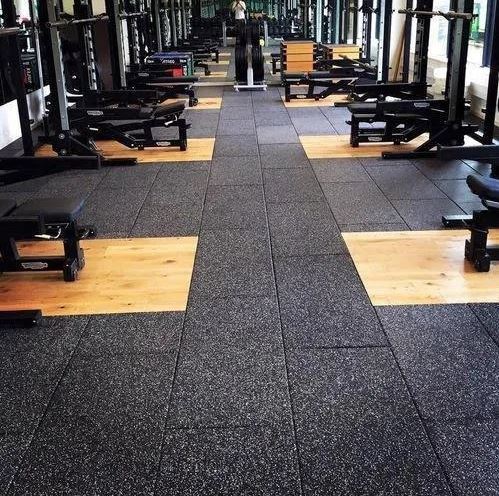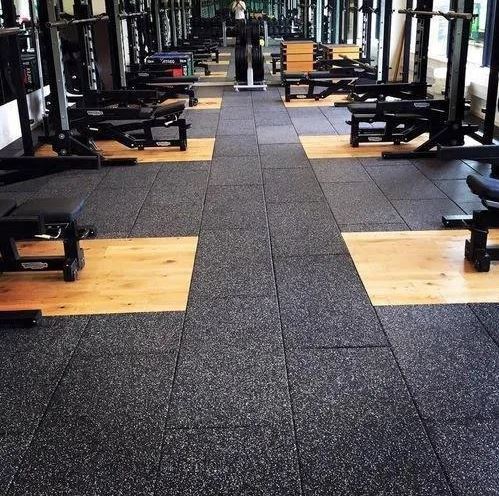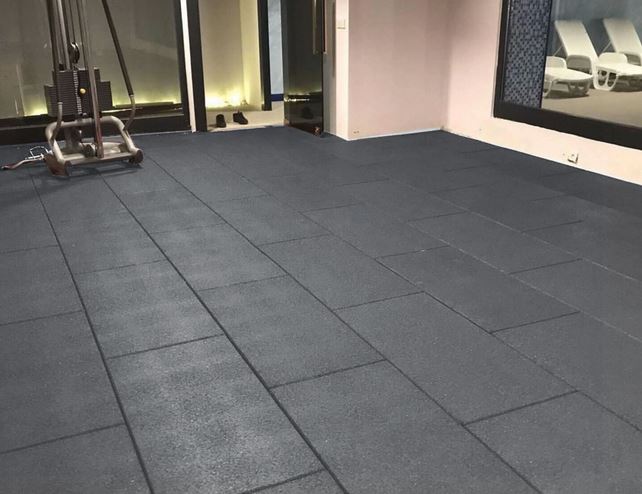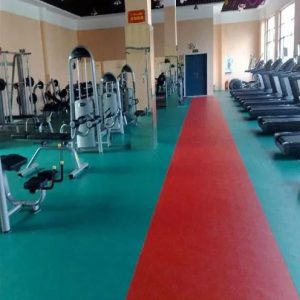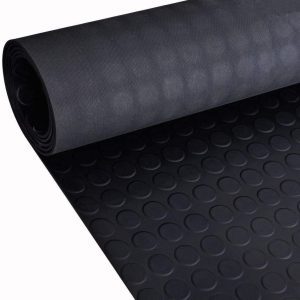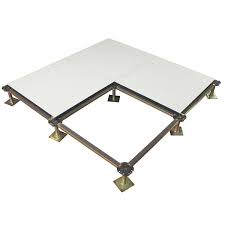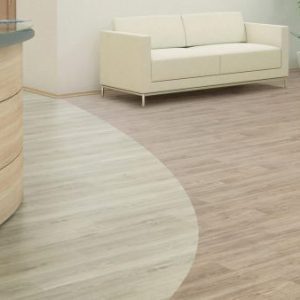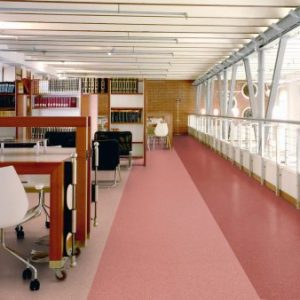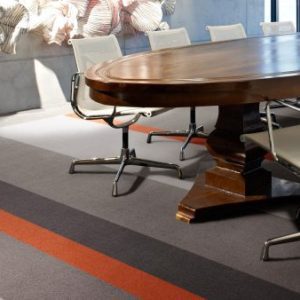Description
Rubber Floor Tiles: A Comprehensive Guide to Durable
and Stylish Flooring Solutions
Rubber floor tiles have emerged as a popular flooring choice due to their unmatched durability, aesthetic appeal, and eco-friendly attributes. Whether you’re planning a home renovation or a commercial space upgrade, rubber floor tiles offer a versatile and practical solution that combines functionality with design. In this guide, we will delve into the advantages, installation methods, maintenance practices, and diverse applications of rubber floor tiles, helping you make an informed decision for your flooring needs.
Advantages of Rubber Floor Tiles
Understanding Rubber Floor Tiles
Rubber floor tiles are crafted from recycled or natural rubber materials, making them an eco-conscious choice. Available in various sizes, thicknesses, and patterns, these tiles are designed to withstand heavy use while offering an array of design possibilities.
The Benefits of Choosing Rubber Floor Tiles
-
-
- Durability and Resilience: Rubber floor tiles are highly resilient and can endure heavy foot traffic, making them suitable for high-traffic areas such as schools, gyms, and offices.
- Comfort and Shock Absorption: The inherent elasticity of rubber provides exceptional shock absorption, making these tiles ideal for spaces where physical activities occur.
- Noise Reduction: Rubber’s sound-absorbing properties contribute to a quieter environment, making rubber floor tiles a popular choice for fitness centers and commercial spaces.
- Eco-Friendly and Sustainable: By using recycled rubber materials, rubber floor tiles contribute to environmental sustainability and resource conservation.
</ol class=”product-paragraph”>
-
Installation and Maintenance
Installing Rubber Floor Tiles
Rubber floor tiles can be installed using different methods, including interlocking, adhesive, or loose-lay installations. The method chosen depends on the application and subfloor. It is recommended to seek professional installation for optimal results.
Caring for Your Rubber Floor Tiles
-
-
- Routine Cleaning: Regularly sweep or vacuum to remove dirt and debris. Clean with a mild, pH-neutral cleaner and a damp mop to maintain the tiles’ appearance.
- Preventing Stains: Promptly clean up spills to prevent staining. Avoid using abrasive or harsh chemicals that may damage the rubber surface.
- Floor Protectors: Use furniture pads under heavy furniture to prevent indentations and scratches on the rubber tiles.
-
Applications and Design Versatility
Versatile Applications of Rubber Floor Tiles
Rubber floor tiles find widespread use in various settings, including:
-
-
- Commercial Spaces: Offices, retail stores, and hospitality venues benefit from the durability and noise reduction properties of rubber tiles.
- Fitness Centers: Rubber floor tiles offer cushioning and support for fitness equipment and high-impact activities.
- Educational Facilities: Rubber tiles withstand heavy use in schools, universities, and daycare centers.
- Residential Areas: Kitchens, bathrooms, and playrooms benefit from the comfort and durability of rubber tiles.
-
Design and Aesthetic Options
Rubber floor tiles come in an array of colors, patterns, and textures, allowing for creative and personalized design. Whether you prefer a sleek modern look or a vibrant playful atmosphere, rubber tiles can accommodate your vision.
Conclusion
Rubber floor tiles stand as a versatile and sustainable flooring solution, offering both durability and design possibilities. By selecting rubber floor tiles, you’re making a practical investment that elevates the aesthetics and functionality of your space. With their ability to withstand wear and tear while contributing to environmental sustainability, rubber floor tiles are a choice that ensures longevity and style for years to come.

